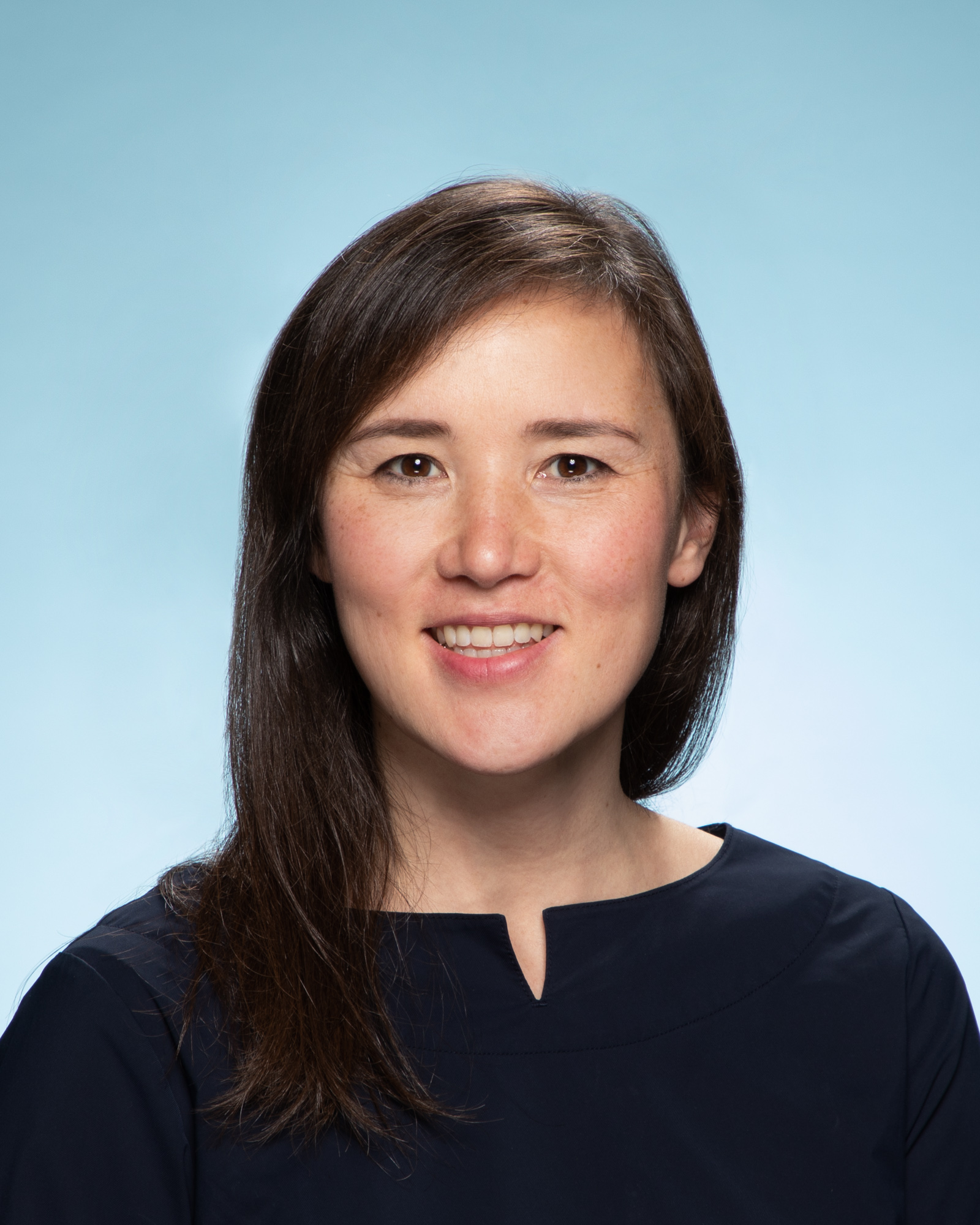Cited By
View all- Miller BSawhney RCrane KGkioulekas I(2024)Differential Walk on SpheresACM Transactions on Graphics10.1145/368791343:6(1-18)Online publication date: 19-Dec-2024
- Wang ZKennel-Maushart FHuang YThomaszewski BCoros S(2023)A Temporal Coherent Topology Optimization Approach for Assembly Planning of Bespoke Frame StructuresACM Transactions on Graphics10.1145/359210242:4(1-13)Online publication date: 26-Jul-2023
- Hofmann MAuradkar NBirchfield JCao JHughes AKim GKurpad SLum KMack KNilakantan ASeehorn MWarnock EMankoff JHudson S(2023)OPTIMISM: Enabling Collaborative Implementation of Domain Specific Metaheuristic OptimizationProceedings of the 2023 CHI Conference on Human Factors in Computing Systems10.1145/3544548.3580904(1-19)Online publication date: 19-Apr-2023
- Show More Cited By


